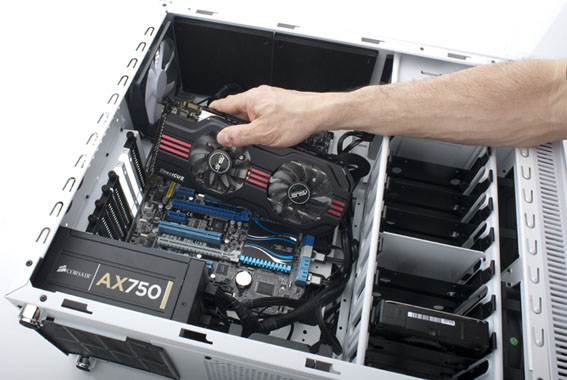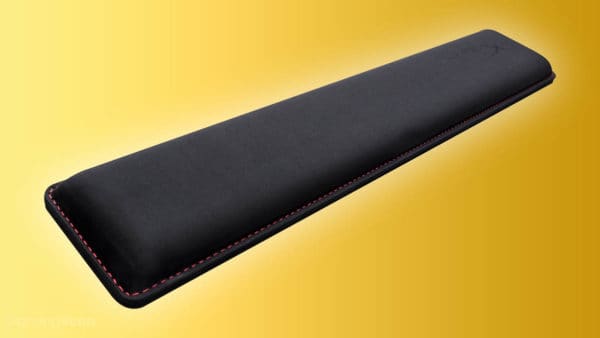How exactly do we protect fragile, not to say expensive, electronic parts from a wallet-busting static discharge? By using the old anti-static wrist strap, of course.
An anti-static wrist strap is made up of conductive threads and a metal piece to continuously even out or ground any static build-up between the user and electrical equipment.
With an anti-static strap adorning your wrist, you’re free to work away at your dream machine and handle parts safe in the knowledge that an unexpected static charge won’t spoil the fun.
In this guide, we will teach you the simplest and easiest way to use an anti-static wrist strap, so keep reading to get started!
Table of ContentsShow
Static Electricity
It’s worth having a basic grasp of how static electricity works to understand how to make use of an anti-static wrist strap.
So basically, everything and everyone has what we call an electric potential or a set amount of electrons. When a person and a computer with different electric potential come into contact, a surge of electrons flows from the one with the higher electric potential, or the number of pinging electrons, to the one with the lowest electrical potential.
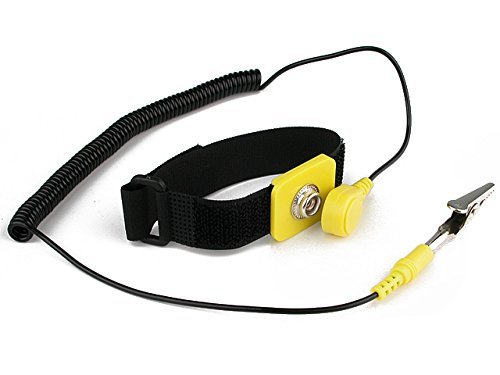
The result is that all-too-familiar zapping feeling we’ve all experienced when touching a metal door handle, radiator or even another person. Although harmless to us, the charge is powerful enough to disrupt and break small, complex circuitry such as those found on motherboards, GPUs and electronic boards in general.
The purpose of an anti-static strap is, therefore, to balance out the electric potential between the two objects to avoid damaging equipment.
Although an anti-static wrist strap isn’t imperative, wearing one is highly recommended if only you should make a mistake on the side of caution. If we consider the cost of components and the damage an imperceptible static discharge can cause, a few dollars is a small price to pay for the added peace of mind.
Before You Begin

- Touch a radiator, pipe or other metallic parts of the plumbing of the building you’re working in to discharge any errant static energy on your body as a precautionary measure. Another good option is touching a grounded power supply (power cord plugged in and connected to a power source) with the power switch turned off.
- Ideally, working on an open PC should be left to the early morning or nighttime hours when humidity levels are naturally higher. Dry conditions favor static build-up.
- The anti-static bags that components like GPUs ship in work a treat. They provide a conductive outer layer that discharges any errant static electricity, making it safe to handle the part. However, where many stumble is taking the new part out then placing it on top of the bag. Avoid doing so at all costs because the conductive properties of the outer layer can send a circuit-frying discharge before you’ve even had a chance to test drive your latest toy. Use the cardboard box or, if you can, an anti-static mat.
- Don’t handle parts by the circuit board, capacitors or smaller components; Instead, gently grip heatsinks and edges. These are less likely to suffer irreversible damage from a static shock.
- Avoid carpeted surfaces or rubbing your clothing (especially those made of synthetic fibers — stick to cotton if you can) as the friction caused by these actions can build up a static charge.
- If you can, buy an anti-static strap and mat combo where the strap plugs directly into the mat. The combination is hands downs the best way to avoid static discharges.
Method 1 – Bonding
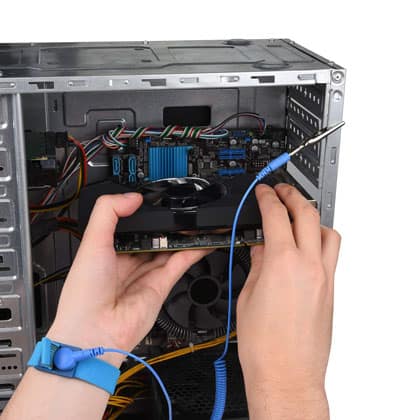
With this method, the goal is to even out the electric potential between you and the PC without causing a damaging surge of static electricity.
- Turn off the PC, hit the on/off switch on the power supply to the “off” position, then disconnect the power cord. Press the PC’s “on” button to drain any retaining current from the circuitry, especially if the machine has recently been used and drawing power.
- Wrap the static band around your wrist with the metal disc touching the skin, then secure it with the velcro or tighten it (see the specific model for variations on how to do this). The goal here is to ensure the metal piece is in constant, uninterrupted contact with the skin. The strap’s anti-static properties will work attached to any part of the body, but it’s ideally suited to the wrist by design.
- Locate the alligator clip (toothed metallic clip with a spring-loaded caliper) that sits at the end of the cord attached to the strap and connect it to any non-painted metal part of the PC case. Paint is non-conductive, meaning it acts as a barrier between you and the case, restricting electric flow. By attaching the alligator clip to a painted part, the strap becomes entirely redundant, and the likelihood of a static discharge remains.
- From here, you are set with the voltage equalized between the computer and the components inside, as well as your body, also known as bonding.
Method 2 – Grounding
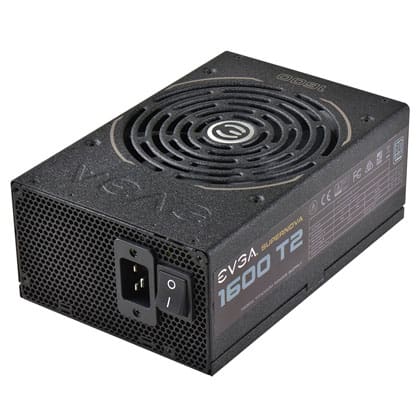
The grounding technique ensures the dispersal of any errant static charges into the ground circuit via a grounded conductor. The method is dependent on the building’s electronics being safe and up to standard with proper grounding arrangements for each electrical socket.
- Turn off the PC, then switch off the power supply by setting the on/off switch to “off” on the unit itself. Keep the power cord plugged in. Hit the PC’s power on button to drain the circuitry. Better yet, remove the power cord from the computer and use a separate free-standing power supply unit that’s plugged into the wall socket, but switched off.
- Wrap the static band around your wrist as above. Make sure the metal bit is touching the skin.
- Attach the alligator clip on the anti-static strap to an unpainted part of the casing on the power supply unit.
Any static build-up is discharged through the PSU to the grounded circuitry in your home, making it safe to work with delicate components. This method is particularly suited if you have to move around a lot and are worried about building up a static charge through accidental friction.

